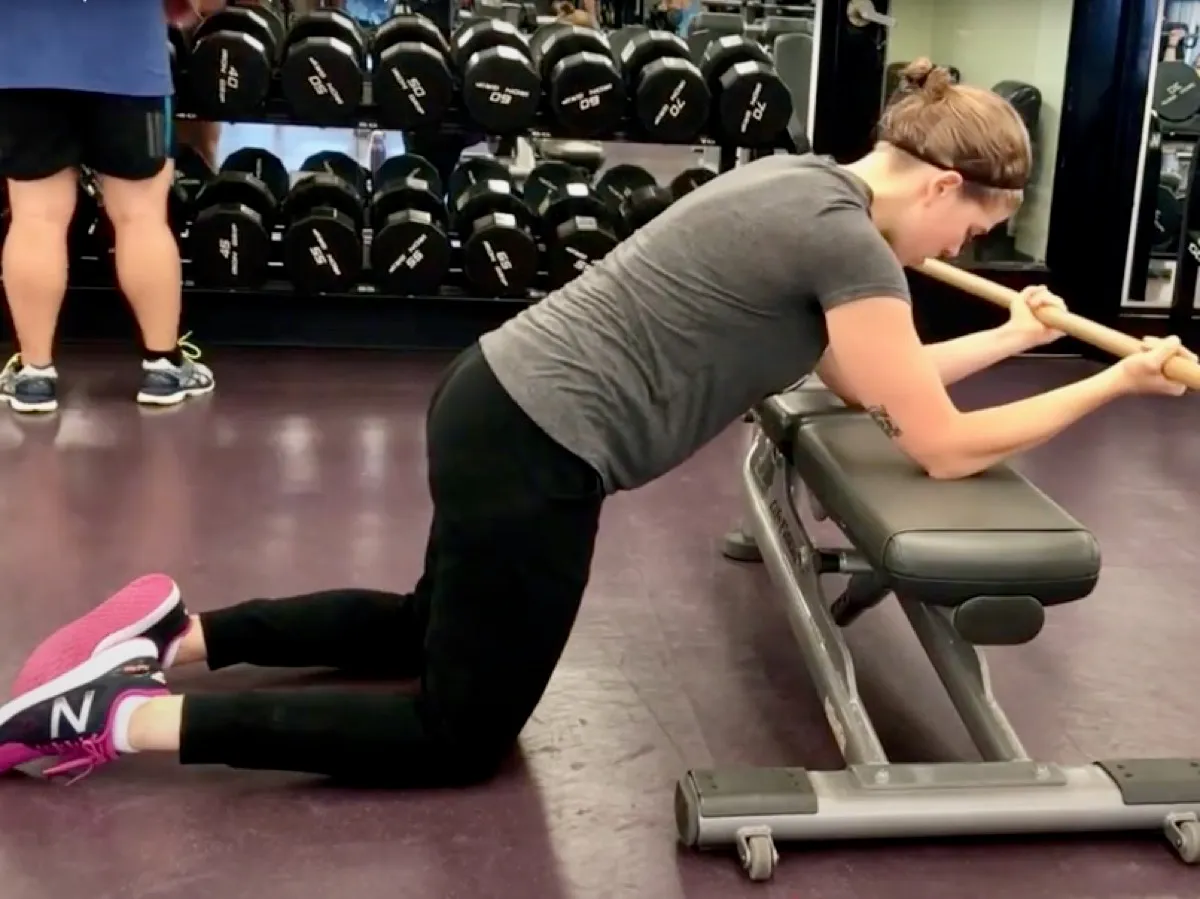Don’t let the outside noise tell you you don’t need to run marathons, lift heavy weights, or scale mountains to prove you’re aging well. Sometimes, a simple walking challenge can reveal more about your overall health and longevity than the flashiest workouts. Walking is one of the most underrated ways to stay fit, mobile, and mentally sharp, especially as you move into your 40s and beyond. But this isn’t just about casual strolls. This challenge pushes more than your endurance, testing how well your body is truly holding up.
As you age, maintaining a brisk walking pace becomes a key indicator of your cardiovascular fitness, joint function, and muscular endurance. Studies have even linked walking speed with longevity, cognitive health, and overall resilience. That’s why a walking test like this doesn’t just check your stride, it gives a clear window into how well your body is holding up over time.
This 400-meter walking challenge might seem straightforward at first glance, but it demands enough from your body to separate the merely active from the aging-well elite. It assesses your coordination, efficiency, and ability to recover under a short burst of effort. It’s a wake-up call if you’ve been cruising through daily strolls without ever pushing the pace.
Below, you’ll learn why walking is such a powerful tool, how to do the challenge properly, how to interpret your results, and the best ways to improve your score and age like a champ.
Why Walking Is So Powerful for Aging Well


Walking works your entire body without overexerting it. It strengthens your legs, supports joint mobility, improves cardiovascular health, and sharpens your mental clarity. Better yet, walking is accessible. You don’t need a gym, fancy gear, or years of training. All you need is a good pair of shoes and the willingness to move.
The magic of walking lies in its versatility, catering to how you deem fit. You can use it for recovery, fat burning, endurance training, or to reset your mind after a long day. Research continues to show that regular walking reduces the risk of heart disease, stroke, Type 2 diabetes, and even depression. Walking also helps regulate blood pressure, cholesterol, and blood sugar, all of which become increasingly important after the age of 40.
But beyond the physical, walking builds consistency. When you commit to walking regularly, you teach your body how to maintain a steady state of motion. You stay mobile, flexible, and functional. And when you layer in a timed walking test like the one below, you challenge your body to rise to another level.
The 400-Meter Walking Challenge


Your mission is to walk 400 meters, about a quarter of a mile or one lap around a standard track, as fast as you can without running or jogging. You’ll walk at your fastest sustainable pace, maintaining good posture and a consistent stride throughout.
Here’s how to do it:
- Step 1: Find a standard 400-meter track, measure out 0.25 miles on a GPS app, or map a distance using a reliable fitness watch.
- Step 2: Warm up for five minutes with light walking, some ankle circles, and a few dynamic stretches.
- Step 3: Start your timer and walk the full 400 meters at your fastest walking pace. You should be pushing your limit, but not breaking into a jog.
- Step 4: Stop your timer at the finish and write down your time.
- Step 5: Rest and assess how your body feels—your heart rate, breathing, and overall fatigue. These are just as important as your finish time.
Treat this challenge like a fitness check-in that can tell you exactly where your conditioning and physical function stand.
Walking Challenge Score Breakdown


Here’s how your time stacks up if you’re 40 or older:
- Under 4 minutes: Exceptional. You’re aging like an athlete. You’ve got strong legs, a responsive cardiovascular system, and top-tier mobility.
- 4:00 to 5:00: Very Good. You’re well ahead of the curve. Continue to build your pace and maintain that level of consistency.
- 5:01 to 6:00: Average. You’re on solid ground, but there’s room to boost your strength, stride efficiency, and aerobic fitness.
- 6:01 to 7:00: Below Average. Time to tune up your walking routine and build better endurance and speed.
- 7:01 and above: Needs Improvement. This signals a potential decline in mobility, cardiovascular capacity, or both. Don’t worry—there’s a lot you can do to improve.
This test reflects more than just your pace. It’s a window into your aging trajectory. A better score here often means a longer, more active life down the road.
How to Improve Your Walking Challenge Score at 40+


If your score wasn’t where you wanted it to be, don’t stress. This challenge is just a starting point, and you can improve. Here are a few focused ways to train smarter and get faster:
- Add Interval Walks: Alternate between 1 minute of fast walking and 1–2 minutes of slower recovery. Perform this exercise for 20–30 minutes, two to three times a week.
- Strengthen Your Legs: Add bodyweight squats, step-ups, and calf raises to your weekly routine. Stronger legs equal a more powerful stride.
- Focus on Posture and Arm Drive: Walk tall with your shoulders back, arms bent at a 90-degree angle, and drive your arms to generate more momentum.
- Increase Daily Step Count: More steps build baseline endurance. Aim for 8,000–10,000 steps daily, depending on your current activity level.
- Train Hills or Inclines: Walking uphill builds strength and stamina. Use treadmill incline walks or find a hilly route a couple of times per week.
Treat the challenge as a benchmark and revisit it every 4 to 6 weeks. You’ll see your time drop, your confidence rise, and your body respond like you’ve rewound the clock.
References:
- Ungvari, Zoltan et al. “The multifaceted benefits of walking for healthy aging: from Blue Zones to molecular mechanisms.” GeroScience vol. 45,6 (2023): 3211-3239. doi:10.1007/s11357-023-00873-8















Leave a Reply